Melakha Ushevut a Theoretical Framework
Couldn't load pickup availability
Understanding Shabbat law requires a coherent theoretical framework for its four foundational concepts: melakhah (forbidden work), av (primary category), toladah (derivative category), and shevut (rabbinic safeguard). Through traditional rabbinic hermeneutics and legal methodology, these interconnected categories reveal a sophisticated system centered on the Hirschian thesis - that forbidden Sabbath work comprises constructive acts demonstrating human mastery over nature, requiring cessation as recognition of divine sovereignty. The thirty-nine avot melakhot derive historically from the construction of the mishkan (Tabernacle), establishing primary categories whose relationship with derivative toladot illuminates the broader structure of Sabbath law. Analysis of Talmudic sources and medieval commentaries, particularly Maimonides and the Tosafot, reveals that toladot relate to avot through functional similarity rather than hierarchical subordination, with both categories carrying equal legal weight. Shevut prohibitions emerge as rabbinically-instituted protective measures designed to prevent inadvertent violation of biblical melakhot. This framework demonstrates that purpose and function, rather than mere physical resemblance, determine the classification of prohibited activities, enabling the application of Sabbath law to novel circumstances not explicitly addressed in classical sources - providing essential conceptual tools for understanding the underlying logic of Sabbath jurisprudence.

More Information
-
Physical Description
-
Publication Information
Published 1982
ISBN
-
Publication Credits
Joel Roth

